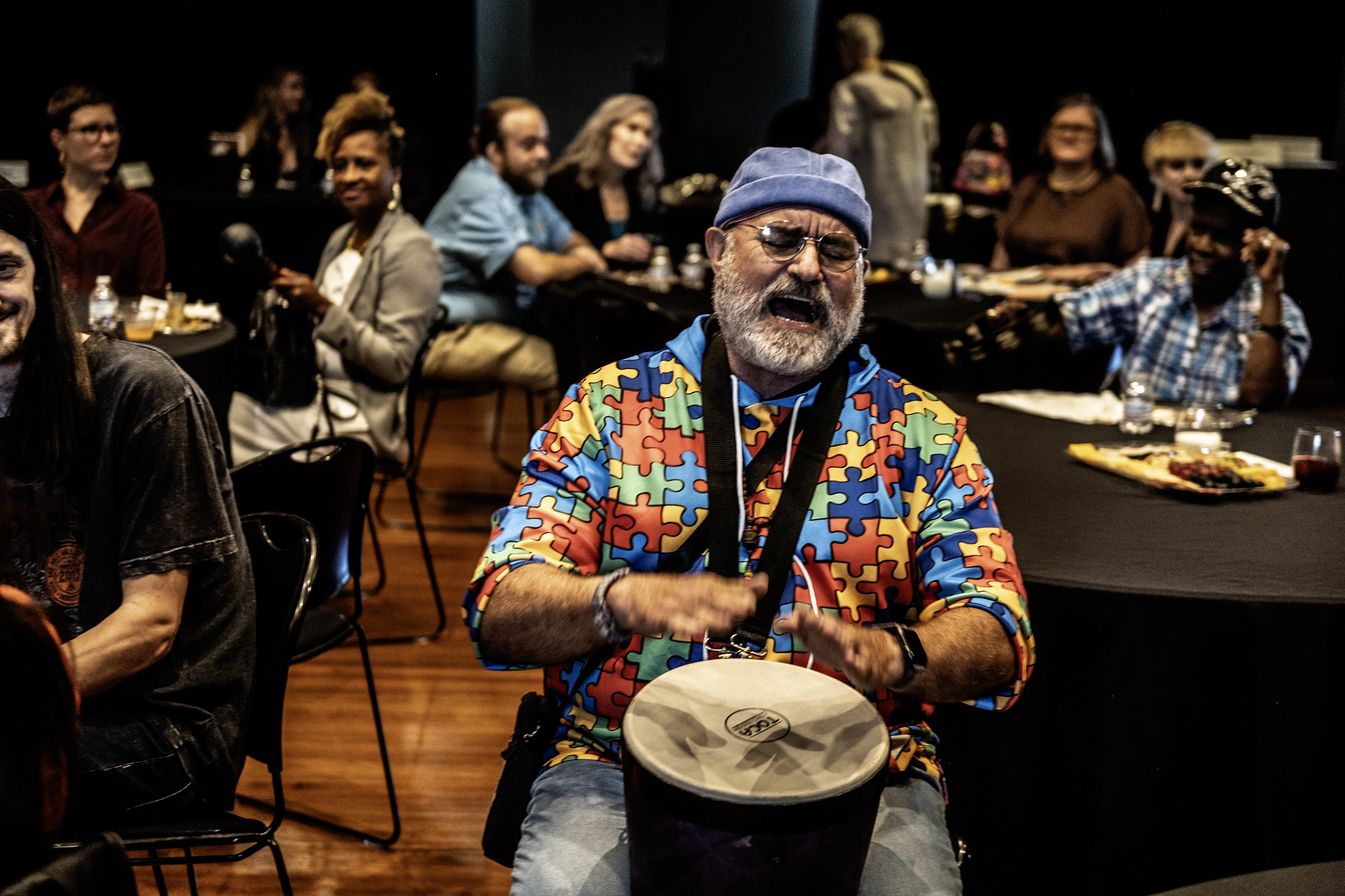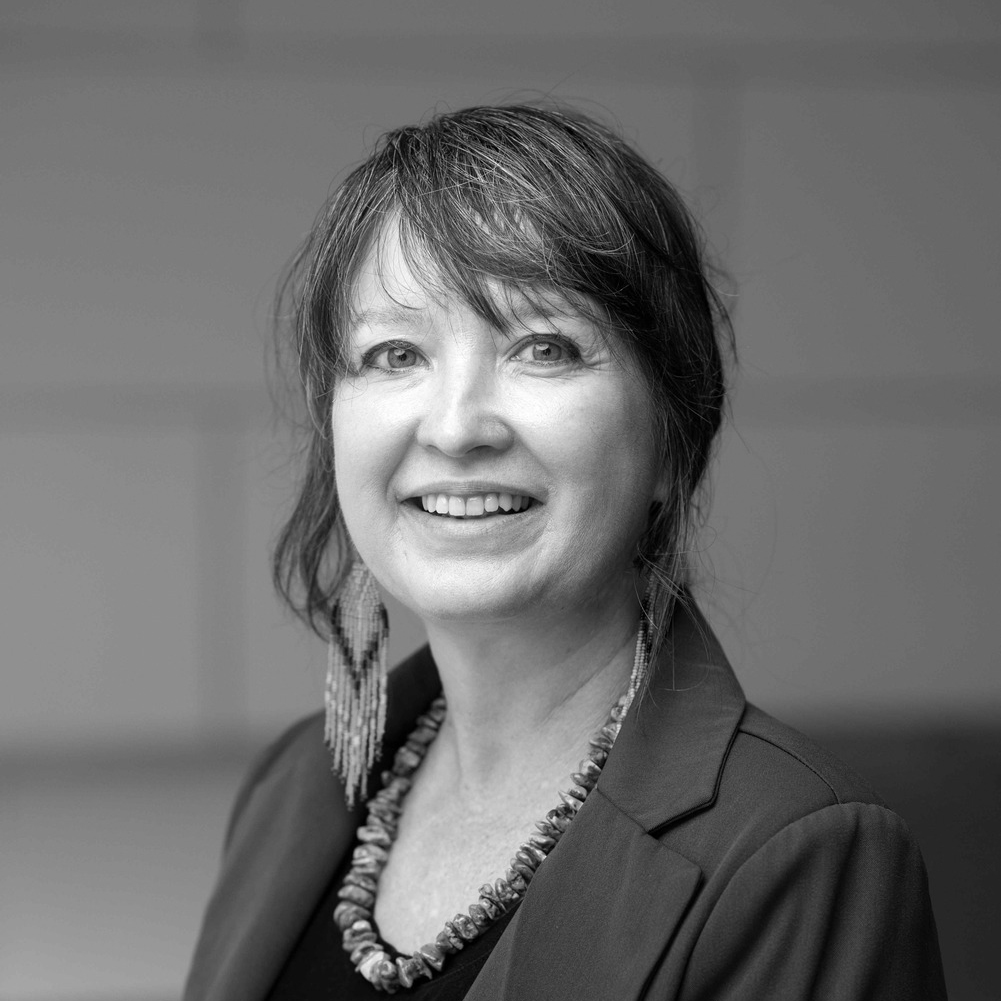Individual Artist Fellowship
The Individual Artist Fellowship program annually awards to up to 18 creatives $5,000 each in six categories. These grants are made directly to individual creatives who live and work in Arkansas. This grant is for already finished, not proposed, projects, and is made possible through a partnership with the Windgate Foundation.
A reception will be held for creatives who earn the award in October 2025. The annual Individual Artist Fellowship Awards Reception draws more than 150 people to celebrate Arkansas arts and artists. Images from the 2024 event are available here.
Applications are closed but will reopen in November 2025.

You are eligible for this grant if:
- You are 21 years old or older.
- You live in Arkansas and have lived in Arkansas for at least one year upon application.
- You are an individual creative who uses their own, original works in a creative field in the current categories. Categories change annually.
You are not eligible if:
- You do not live in Arkansas.
- You have not lived in Arkansas a full year as of the deadline.
- You are a nonprofit, a business or a group, and not an individual.
- You previously earned a Fellowship award.
- You entered more than one category for the Fellowship award this cycle year. Please pick one category.
- You are proposing a project, instead of showcasing your current work.
- You do not have a social security number or an alternative ID for legal residency.
- Arkansas Department of Parks, Heritage and Tourism staff, their immediate family members and members of the Arkansas Arts Council advisory board are not eligible to apply.
- You earned an Arkansas Living Treasure Award after 2023.
Apply online only by clicking on the button below. Create a grant portal account using the code aac.
Portfolios should include an artist statement or narrative statement and examples of work completed. Text should be 12-point font (such as Times New Roman or Arial) with 1-inch margins and double spaced. All portfolios must be 21MiB or less. Except for literary arts, we encourage creatives to add images when possible. The entire work is submitted in one pdf document.
All application material is submitted anonymously. Please do not include names on files, images, etc. Do not include your name in your bio or artist narrative.
1. Submit an online application with a single pdf document that contains between three and 20 images (20 pages of a novel or memoir in the literary category) and has a narrative statement (up to 3,000 words) that answers the questions:
- How does your work fit into this specific category?
- Why is your work important to you and/or your community? Or, what makes your work impactful?
- What is the story behind your work and you as an artist?
- How has your art been viewed or engaged people in your community, statewide or nationwide?
- Where are you going in your creative journey?
2. Optional: Links or supplemental information can be added to portfolios. Links are used for video or mp3 narrative statements and for media links, such as newspaper stories. Applicants may submit video or audio recordings (up to 5 minutes) in lieu of written narratives. These may be housed on public platforms, such as Google Drive. News releases, recommendations from mentors and nrews stories are encouraged, however, the applicant's name must be blacked out.
3. Artists who want to add high resolution images to their portfolios should use a free hosting site, such as Google Drive, and add a public link to their work inside their portfolios. Please note that all of your content goes into one pdf.
Click below to learn how to create a PDF to help in the application process
CLICK HERE
Use grants code: aac
Categories
This work is experienced through two or more senses: sight, touch, hearing, taste and smell. The work must create new, immersive and dynamic ways to experience art in more than one way. For example, previous Fellows created sculptures with sound and lights activated through “play:” visual and audio art room displays; and outdoor installations that used natural elements to create music. For this category, we recommend creatives include links to videos that better showcase the nature of their work into their portfolios.
This work uses creative means to inspire, evoke, engage, teach or unify communities. The work addresses something the community cares about, creates dialog or other forms of engagement, establishes or emboldens relationships and/or underscores place identity, creative placemaking, history, quality of life or social issues. Past Fellows in this category were recognized for communal mural works, community-center theater, performance work, folk music initiatives and cultural preservation through song and storytelling.
Submissions must be work that was available and open to the public at no cost for at least one day.
This work focuses on nonfunctional, visual crafts created by using traditional and/or historical methods, means or materials and using modern and contemporary aesthetics or concepts. Judges will look for aesthetics more than utilitarianism. The submitted work must trace its roots to tradition, culture, history or heritage. The work must include wood in some way Please submit up to 20 images in your portfolio, along with the required narrative statement. All information will be in one pdf document uploaded to the grant portal.
This art must be original, innovative and completed works that highlight technical skill or mastery in the creation of dance in any genre. Judges will look for work that shows artistic expression, innovation, cohesiveness, fresh concepts and technique. All portolios should include three to five dance choreography examples of up to 5 minutes each was publicly accessible links in your portfolio. Please include introduction and context in your portfolio and add information judges should consider.
The public arts category is for creatives who have created a visual works in and for publicly accessible settings. The work can be large-scale artforms and includes, but is not limited to, murals, large-scale sculpture, multimedia and integrated works, and/or outdoor or indoor works meant to be viewed in public spaces and places. This cateogry embraces creative placemaking through arts.
This work is for poetry in all forms. The work must be original and submitted by the creator. The application should include between 5 and 20 pages of original poetry with flexibility in style as part of the art form permitted. The entire application portfolio is a maximum of 25 pages and includes the narrative statement. The file must be a pdf. We highly recommend submitting more than five pieces for panel review. The artist narrative must be double spaced text at 12-point font with 1-inch margins for the narrative statement but the poems themselves can use different spacing. The work can be published or unpublished. Please do not include your name on your poetry samples or portfolio. Please add context text as needed as an intro for judges, along with your narrative statement. Please submit your best work. All material, examples of poetry and narrative statement must be in one portfolio document.
